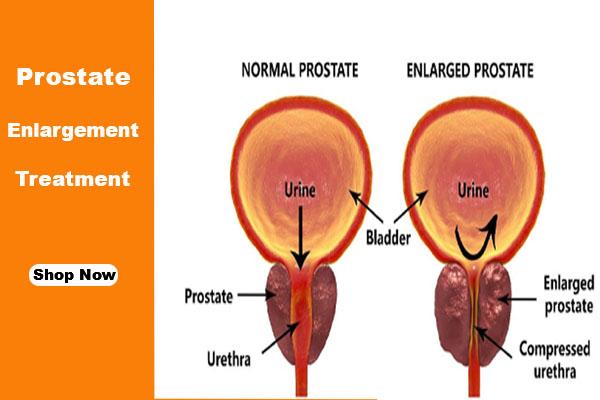Table of contents [Show]
Understanding Tarsal Tunnel Syndrome and Its Effects on the Foot
Foot nerve compression, medically called Tarsal Tunnel Syndrome in the ankle, is a painful nerve disorder caused by pressure on the posterior tibial nerve as it travels through the tarsal tunnel near the inner ankle. This nerve is responsible for movement and sensation in the bottom of the foot and toes. When compressed, it can cause burning pain in the foot arch, tingling, numbness, or shooting sensations that radiate into the toes. Many people confuse tarsal tunnel syndrome with plantar fasciitis foot pain, but the two conditions are different. While plantar fasciitis affects the ligament under the heel, tarsal tunnel syndrome involves nerve irritation inside the ankle. It is more common in people who stand for long hours, athletes with repetitive ankle strain, and those with chronic health issues like diabetic neuropathy in the foot or arthritis-related ankle swelling.
Understanding the causes of foot nerve pain is key to finding long-term relief. By learning what triggers compression, you can improve nerve health, reduce swelling, and maintain mobility without relying solely on painkillers.
Causes of Foot Nerve Compression (Tarsal Tunnel Syndrome)
1. Repetitive Strain and Overuse of the Foot
Frequent running, jumping, or walking long distances on hard surfaces can cause swelling in the tarsal tunnel, leading to posterior tibial nerve compression. This overuse injury is common among runners with ankle pain and people whose jobs require prolonged standing. Wearing unsupportive shoes during these activities increases stress on the nerve and can worsen the condition over time.
2. Structural Foot Problems
Flat feet or fallen arches change the natural shape of the foot, causing extra strain on the ankle’s ligaments and nerves. This often results in nerve pain from flat feet or instability in the ankle joint. On the other hand, people with high arches may develop nerve entrapment in the foot due to uneven weight distribution, increasing pressure on the posterior tibial nerve.
3. Injuries and Ankle Trauma
Sprained ankles, fractures, or even severe bruising can trigger tarsal tunnel syndrome after ankle injury. These injuries can cause inflammation, scar tissue, or abnormal bone growth that narrows the tarsal tunnel space. Even when the ankle seems healed, the nerve may remain irritated, leading to chronic ankle nerve pain.
4. Underlying Health Conditions
Diseases such as diabetes, rheumatoid arthritis, and obesity increase the risk of foot nerve inflammation. Diabetes can lead to peripheral neuropathy in the foot, making nerves more sensitive to compression. Arthritis causes joint swelling that reduces space inside the tarsal tunnel, while excess weight increases pressure on the ankle joint.
5. Cysts, Tumors, or Bone Spurs
In some cases, ganglion cysts in the ankle, bone spurs, or benign tumors inside the tarsal tunnel press directly on the posterior tibial nerve. These growths create constant foot nerve pressure until treated or removed.
Preventive Strategies for Tarsal Tunnel Syndrome
1. Wear Supportive Footwear
Shoes with proper arch support, cushioning, and a wide toe box can reduce stress on the ankle and help prevent nerve compression in the foot. Custom orthotics are especially useful for people with flat feet or high arches, as they correct alignment and relieve ankle nerve strain.
2. Maintain a Healthy Weight
Carrying excess weight increases ankle and foot pressure, which can worsen nerve compression. Maintaining a healthy weight through balanced nutrition and regular low-impact exercises like swimming or cycling helps protect ankle nerve health.
3. Strengthen and Stretch the Feet and Ankles
Exercises such as calf raises, toe curls, and ankle rotations improve muscle strength and reduce the risk of tarsal tunnel nerve pain. Stretching the Achilles tendon and plantar fascia also supports flexibility and eases tension on the posterior tibial nerve.
4. Manage Underlying Health Conditions
If you have diabetes, arthritis, or another chronic illness, controlling these conditions is crucial. For example, keeping blood sugar stable can reduce the risk of diabetic foot nerve damage, while managing arthritis with anti-inflammatory habits helps prevent ankle nerve inflammation.
5. Avoid Prolonged Standing or High-Impact Activities Without Rest
People in jobs that involve standing on hard floors should take regular breaks to sit and relieve pressure on the ankle nerves. Using cushioned floor mats and alternating between sitting and standing can reduce stress on the tarsal tunnel.
6. Early Intervention for Foot Pain
Treating ankle and foot tingling early can prevent long-term nerve damage. If you notice numbness, burning sensations, or weakness in the foot, seek medical advice before symptoms progress into severe foot neuropathy.
Recommended Effective Treatment Supplements for Foot Nerve Compression
Relieving tarsal tunnel syndrome often requires a combination of physical therapy, lifestyle changes, and targeted nutritional support. Our clinically formulated nerve supplements are designed to enhance nerve health, reduce inflammation, and improve joint function. They contain essential ingredients such as glucosamine, chondroitin, MSM, and turmeric extract, which help protect cartilage, reduce swelling, and support nerve repair.
For additional relief, our natural supplements contains nerve-soothing topical creams infused with aloe vera, camphor, and menthol can be applied to the ankle area. These provide a warming and relaxing sensation, stimulate circulation, and protect nerves from oxidative stress.

 Kefas Solomon
Kefas Solomon
